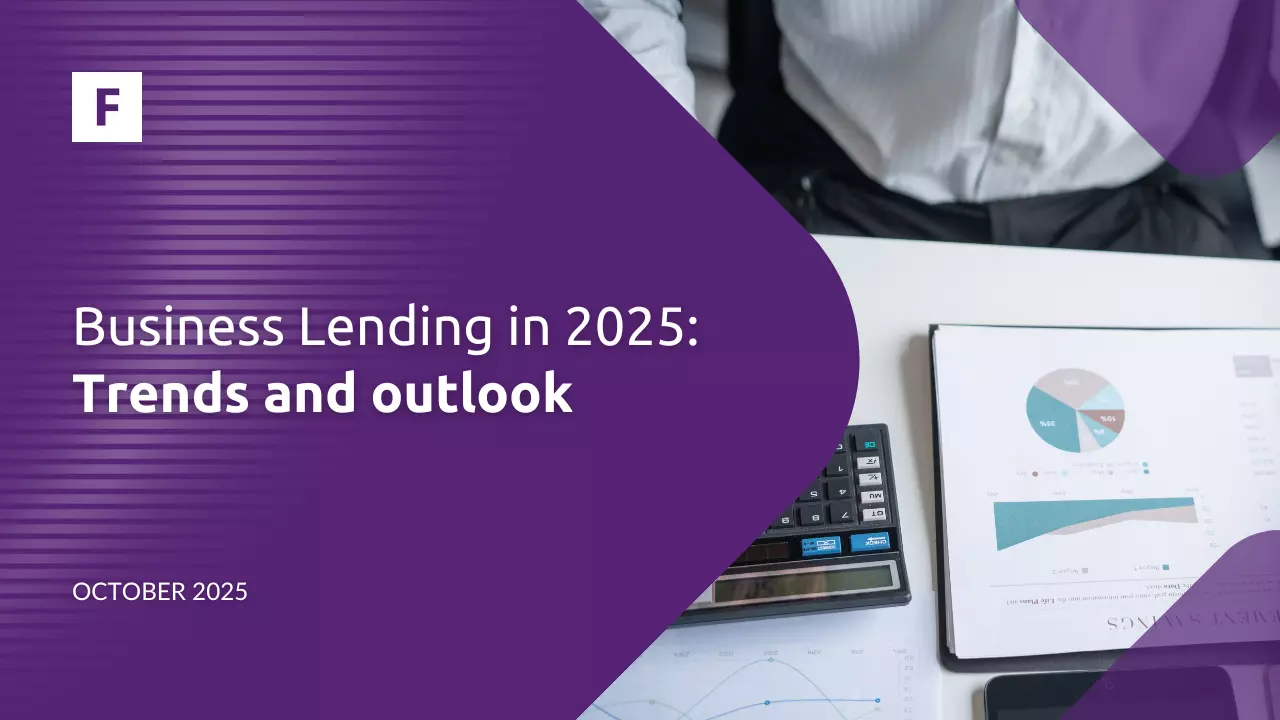Manufacturers, consumers, businesses, and financial institutions face distinct challenges in today's complex global economy. Finance is a highly dynamic industry. As we saw in 2022, digital tools and transformation will lead to significant changes and impacts in companies during 2023. In this article, we will take a closer look at five key trends that will shape finance this year:
1. Alternative financing
This Financial phenomenon has been growing steadily since 2008, and it is expected to continue growing in the coming years. The term refers to financial products and services that are developed outside traditional, controlled banking and capital market sectors, often accessible to customers using digital platforms, instruments, and systems. It is a way to provide financing for consumers who may not be eligible for traditional loans, for example, people that have been rejected for lack of conventional credit history. The alternative financing sector is valued at $6.62 billion and is expected to grow by 20% in 2023.
Through this kind of financing, lenders can improve the quality of their services. Also, it is a way to simplify and automate processes and adapt your company to the new era. Here you can read how our company can help you jump into alternative financing.
2. Cloud-based systems
It is well known that now financial services providers are seeking methods to improve efficiency, and the cloud is one of the most relevant tools in this regard, as it allows finance teams to analyze data in real-time, access company data from any device, and make it easier to share data between pairs. SaaS is considered part of cloud computing and represents a transformative opportunity for businesses of all sizes. As more banks begin using cloud-based systems, we will see them improve their operations and customer service levels. These improvements include:
- Faster processing times for transactions.
- More accurate reporting.
- Easier access to customer data.
- Better risk management capabilities.
- Greater efficiency in customer experience management.
Those improvements and more are available with the implementation of our SaaS. Our platform is suitable for innovative loan providers, and for larger financial institutions like banks to modernize their loan and client management. We provide continued support, training, and constant updates that improve our platform over time.
3. Embedded finance
In 2023, we expect to see embedded finance as a considerable part of our everyday lives. We are already seeing its effects on the way people shop, use their credit cards, and pay off their loans. Does it mean that embedded finance will lead the next payment revolution? This type of finance is about integrating financial services like lending, payment processing, or insurance into nonfinancial businesses' infrastructures. It is all about creating a seamless, convenient, and easy-to-use customer experience, this form of partnership between banks, technology providers, and distributors of financial products on nonfinancial platforms underpins what has been hailed as the embedded- finance revolution. A report by Bain & Company found that embedded finance already accounted for $2.6 trillion, or nearly 5% of total US financial transactions, in 2021, and by 2026 it will exceed $7 trillion, or over 10% of total US transaction value.
Buy now, pay later is the most popular form of embedded finance, and it is easy to see why: consumers who want to buy something but do not have the cash on hand can now do so without needing to wait until payday. That makes it possible for people to make purchases they would not have considered before because they did not have enough money saved up for them, or it is not a priority to spend. Know more about the BNPL option for your business and how to implement it with our help.
- Artificial intelligence and machine learning
It is expected that during 2023 the financial sector will continue adopting AI and ML in their solutions. These technologies are already used to automate simple tasks, like helping customers get a mortgage, checking their credit score, or using chatbots to solve simple questions. These technologies are helping companies to collect, store and analyze data from various sources (such as social networks) to generate insights that can help them improve their business processes. AI also can be used for fraud detection, risk management, and compliance purposes. According to the firm Juniper Research, 26% of digital onboarding processes in the banking market will use AI systems by 2026, compared to just 8% in 2022. AI will have an impact on all areas of financial services by 2023: from retail banking and wealth management to investment banking and insurance broking. In the same whitepaper, they talk about the principal technologies that are revolutionizing financial services.
Robo-advisors: are one of the highest potential technologies involved in AI in fintech. Thanks to different capabilities like data gathering and interpretation, more people can have access to AI agents who develop investment strategies and analyze market data by themselves.
Chatbots: by adopting chatbots for customer services, companies can improve their availability, even for 24h, without the need to spend a lot of money paying for extra employees. Over the years, chatbot capabilities have increased, and now they can even handle more complicated inquiries.
Lending: AI adoption includes different benefits for alternative lenders, one of them being faster application processes because all manual work is eliminated, another benefit is the possibility to offer credit to those who have been previously denied it, and AI analyzes alternative forms of data like other financial behavior and lifestyles.
RegTech and Fraud: Ai is a fundamental approach to solving regulatory compliance challenges, and can be used to monitor transactions, to prevent fraud and AML (Anti-Money Laundering).
5. Regulatory technology
RegTech is on track to become the next big thing in the financial services industry. And even though it is number five on our list, it is already transforming how banks and insurers manage risk and compliance.
The financial sector is one of the most heavily regulated industries. In recent years, though, increased focus on technology has led to a new way of thinking about regulation.
Most RegTech firms allow businesses to access 'Big data,' which holds the promise of addressing many compliance concerns and giving valuable insights into the business. Regulatory technology solutions can also enhance business coordination, identify risks, predict compliance failures, and enable firms to access their data cost-effectively.
According to Juniper Research, Global regtech spending will exceed $204 billion by 2026, accounting for over half of all regtech spending for the first time. This spending will grow from $68 billion in 2022, representing a growth of over 200% over the next four years.
2023 will be a significant year for the financial industry. Companies will continue exploring new technological possibilities to pursue growth, cost-effective processes, and seamless experiences for customers.







